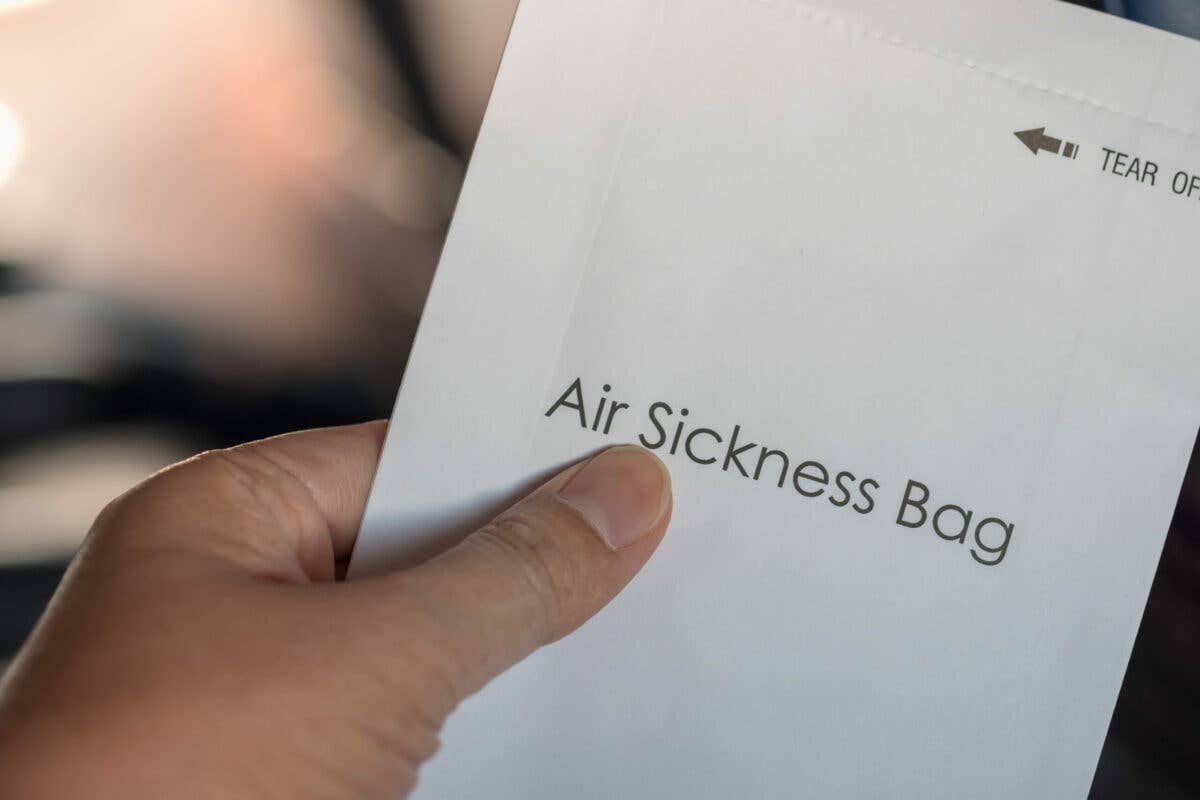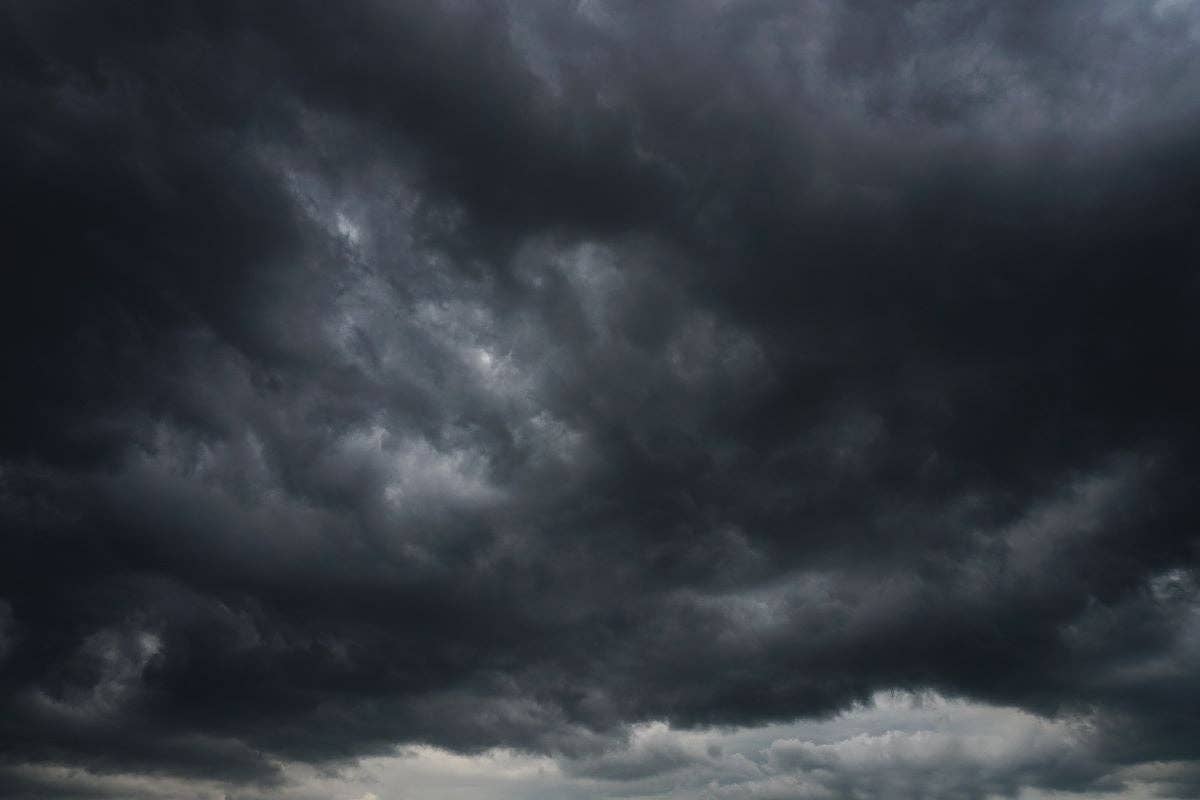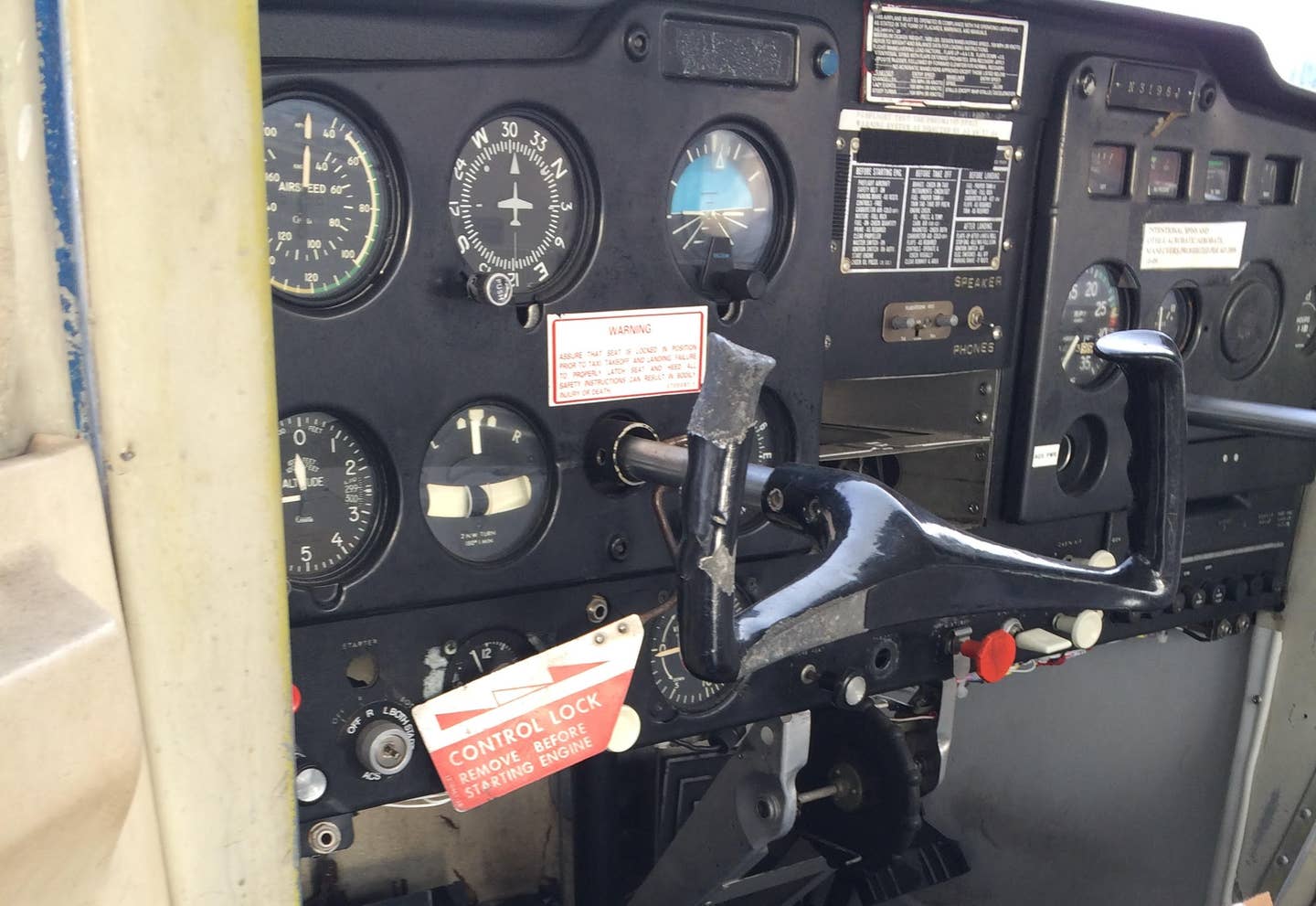Hurling in the Heavens
If you feel airsick, work with your instructor to find a solution that doesn’t cause drowsiness.

Everyone is susceptible to motion sickness. [Credit: Shutterstock]
After ruining multiple pairs of khakis in the airplane—100LL stains them pink—I opted to wear BDUs (battle dress uniforms) when I fly. Ordered from a catalog, BDUs are cheaper than khakis and more useful with all those pockets that come in handy. One particular pair—the navy blue ones— became known as "the puke pants" because during my time as a full-time CFI, whenever I wore them, be it during an instructional flight or scenic, someone threw up on me.
Usually, my left leg got it when the client or learner missed the bag. Most of the time it happened because the passenger or learner spent too much time looking through the viewfinder of their camera or with their head down on their navigation log or tablet—and the barf did cometh.
I learned to warn them against such practices. Sometimes they heeded the warning. Sometimes not.
There were a few times the reverse-eat display was behind the bag and dramatic, and I hosed myself off behind the building. I learned to keep a change of clothes at work. I always knew I was at risk for a technicolor baptism when the boss gave me that look when I walked in the door in the morning—and I was wearing the blue pants.
The other CFIs expressed sympathy and told me their learner-barf stories. A few learned the hard way to keep those sic-sacs nearby but out of sight, because seeing the bag can plant a suggestion in the passenger or learner's head.
Airsickness Explained
Everyone is susceptible to motion sickness. Chapter 17 of the Pilot's Handbook of Aeronautical Knowledge notes, "Motion sickness, or airsickness, is caused by the brain receiving conflicting messages about the state of the body. A pilot may experience motion sickness during initial flights, but it generally goes away within the first few lessons."
When I began my aviation career, there were several times I came down from a flight rather queasy.
Most of the time, it happened when I was self-loading ballast in the back of an airplane observing maneuvers. It also happened during my instrument training and CFII training. I wore a t-shirt under my uniform polo shirt and kept the tails tucked in, just in case. The theory being if you didn't have a bag, barf down the front of your shirt and clean things up in the company shower. I never had to do this, but a few times I thought about eating Froot Loops to weaponize the vomit because the instructor next to me was a cross between Darth Vader and Gizmo, the gremlin you should never feed after midnight.
If you are subject to airsickness, work with your instructor to mitigate it. It is important that the learner know that most over-the-counter remedies for motion sickness are not compatible with aviation as they induce drowsiness. One alternative is placing a piece of raw ginger under the tongue. It is non-sedating, and there are no side effects.
One of my best learners—the one I flew my 1,000th hour of dual instruction with—filled a bag on every flight. I carried several of those blue sic-sacs. The ones with the weird cartoon of the winged elf looking concerned as it races toward something and then runs away with a big smile on its face with a big bag of—well, you know.
The learner was determined, so we experimented with ways to keep his stomach calm. He ate bananas before the lessons because they settle your stomach. We scheduled his flights first thing in the morning when the air was smoothest. We opened the fresh air vents, and he focused on objects outside the airplane. We tried ginger. He tried the wristbands. I showed him the pressure points below the right knee and on the left hand between the thumb and first finger I had learned in a massage class. I drew on my own experience getting queasy during IFR training and issued peppermint Tic Tacs before and during the flight because I read that mint soothes upset stomachs. We tried peppermint gum to see if that would work better than the mints. We found the taste and smell of the mint did help the learners to remember things better, in theory because we involved the senses of taste and smell along with sight, sound, and touch in the learning process. It became known as "memory gum," and other CFIs adopted the practice for their clients.
Sometimes he would feel so bad after the flight he'd have to go home and nap. We fixed this by having him purchase a Coca-Cola before the flight, open it, and leave it on my desk to let it go flat during the flight. Coca-Cola syrup is often used as a stomach remedy, and we found that if he drank it after each flight, he could skip the nap and have a more productive day.
Building Up Endurance
The syllabus dictated the length of the first flight was supposed to be at least 30 minutes, and the subsequent flights were supposed to be at least 60 minutes. However, I didn't see the value of keeping him in the airplane when he was filling a bag and looking so miserable because you can't learn when you're sick. So the bag became the benchmark. When he reached for the bag, it was time to head back to the airport. I noticed that the flights were getting longer—his endurance was improving. Then one day, I believe it was his fifth lesson, two wonderful things happened: he made his first completely unassisted landing—I didn't even have to talk—and he didn't fill a bag.
After we landed, he immediately called his mother to share the good news, using the phrase every mother wants to hear: "Mom! Mom! I didn't puke!"
Tips to Avoid Airsickness
- Let your CFI know if you feel sick. You can't learn when you are distracted, and we don't want to clean it up.
- Take a break from maneuvers that are triggering. Do some straight and level flight for a while.
- Stay hydrated.
- Chew mint gum.
- If possible, focus on something in the distance rather than starting at the panel.
- If staring at the panel is a necessity, for example on an IFR flight, avoid head movements, and shift your gaze with your eyes.
- Drink a flat cola to quell nausea.

Subscribe to Our Newsletter
Get the latest FLYING stories delivered directly to your inbox






